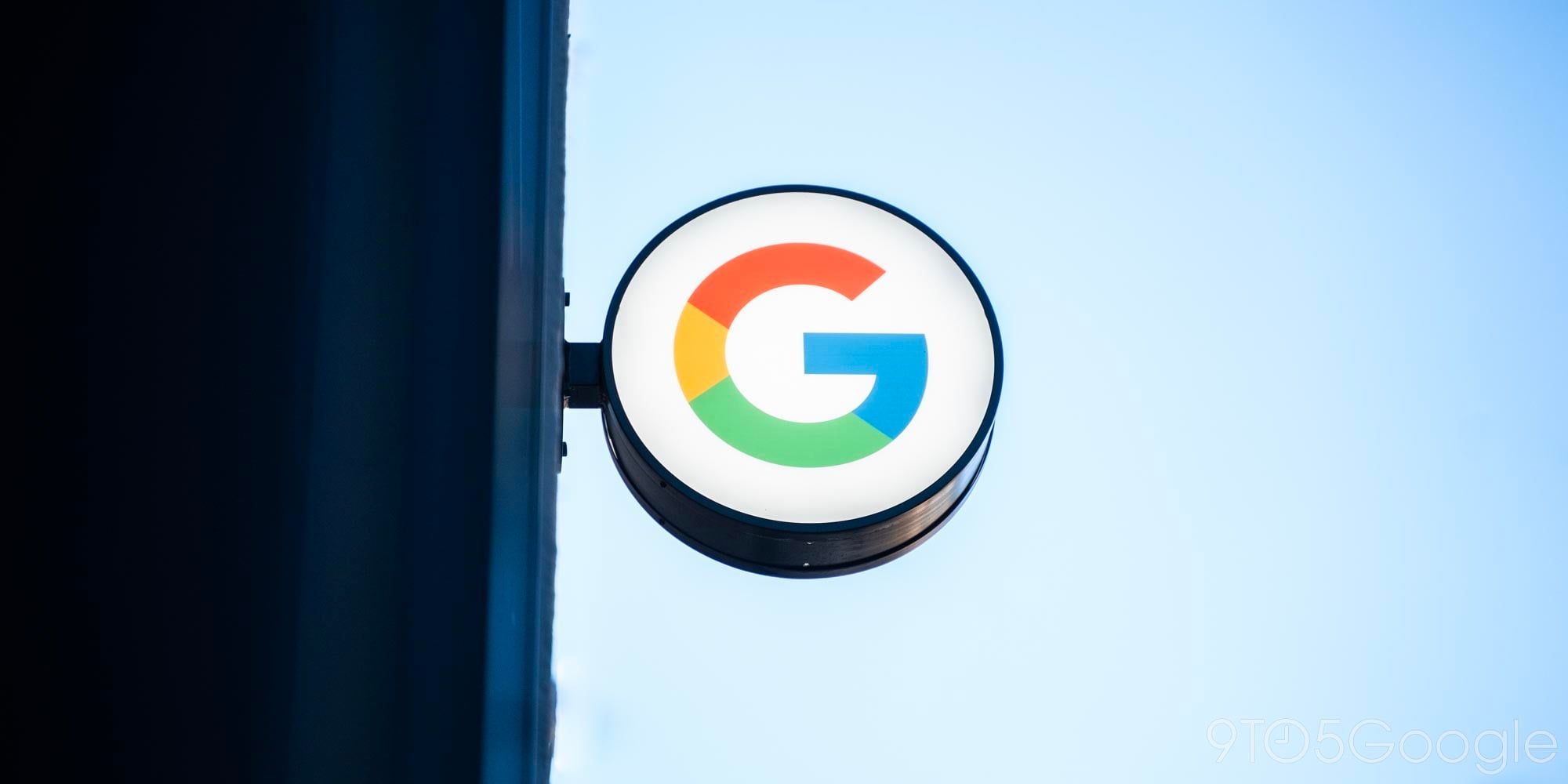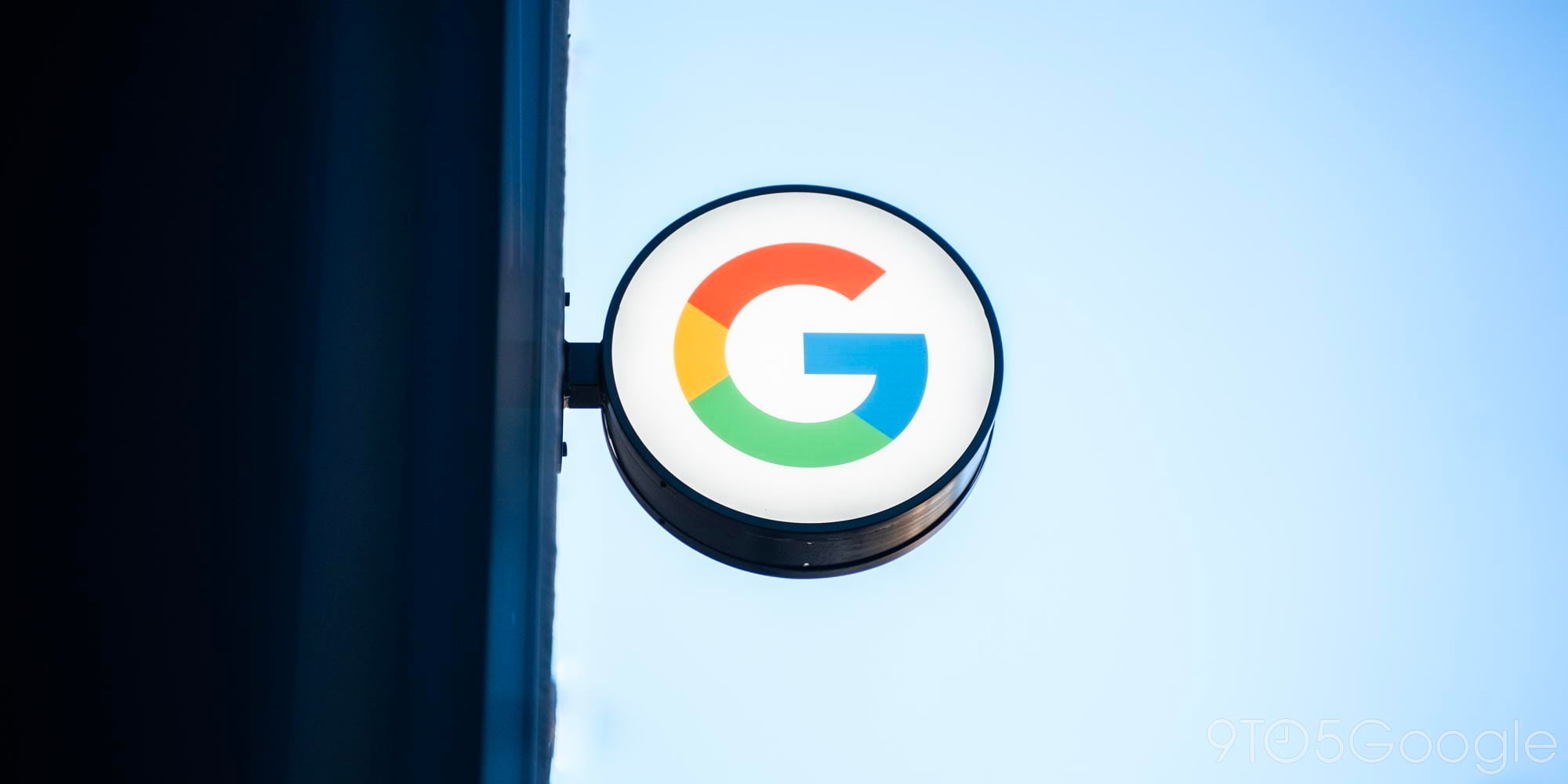
With the latest stable release rolled out to Chrome OS, Mac, Windows, Linux, and Android, Chrome 72 is now in the beta channel. This version is a notable update for Chrome OS that begins upgrading Chromebooks to Android 9 Pie and features a native Google Assistant.
The Web Authentication API allows users to sign-in with a security key, Trusted Platform Module, or other verification method. Chrome on Windows now integrates with the operating system’s WebAuthn APIs. This enables Windows Hello for user verification and two-factor in the browser, as well as U2F over USB, Bluetooth Low Energy, and NFC.
On Mac and Chrome OS, Chrome 72 adds support for external authentication devices that connect over BLE. This allows for a UI to guide users during pairing and the 2FA process.
During page unload, popups will no longer appear due to Chrome restricting usage of window.open(). The browser’s popup blocker already prevented this, but it is now prohibited regardless of whether the blocker is enabled.
Google is testing whether a rename of “Incognito” to “Private” browsing will help users better understand the mode. In the meantime, video/audio notifications in Chrome 72 for Android will no longer include the name of the page/domain that the media originates from. Labeled as an “Incognito tab,” the system notification will just note that “A site is playing media.”
- Chrome 71
- Chrome 72
Chrome OS 72 is a big update for the platform that introduces Android 9 Pie. The latest version of Android launched with version 71 on the Pixel Slate and will begin rolling out to more Chromebooks with this release. Google has yet to specify a timeline or the devices that will get updated.
An upgrade from Nougat that skips Oreo entirely, there are some major changes starting with Google Assistant. Instead of a phone-sized panel in the bottom-left corner, it is now centered on the screen and similar to the new search/app launcher UI. This native integration marks the first time Assistant is expanding beyond Made by Google devices.
Assistant greets you with “Hi, how can I help?” and features three suggestion chips to highlight functionality. Users can type a query — and benefit from the increased width — or issue a voice command. A gear button next to the microphone icon allows users to access the updated Assistant settings already found on Android.
Version 70 introduced a Gboard-like keyboard that looked visually similar and had features like a floating window. Chrome OS 72 now allows Gboard to be installed from the Play Store and access the full suite of features like customizable themes, quick access to Google Search and expressive media, Translate, and much more.
After downloading, Gboard will appear in Chrome OS input settings as a Keyboard app that can be set as the default. Meanwhile, Android settings are now styled like the Pixel 3 with colorful, Material Theme icons.
Chrome 72 will hit the stable channel in late January.
Check out 9to5Google on YouTube for more news:
FTC: We use income earning auto affiliate links. More.






Comments